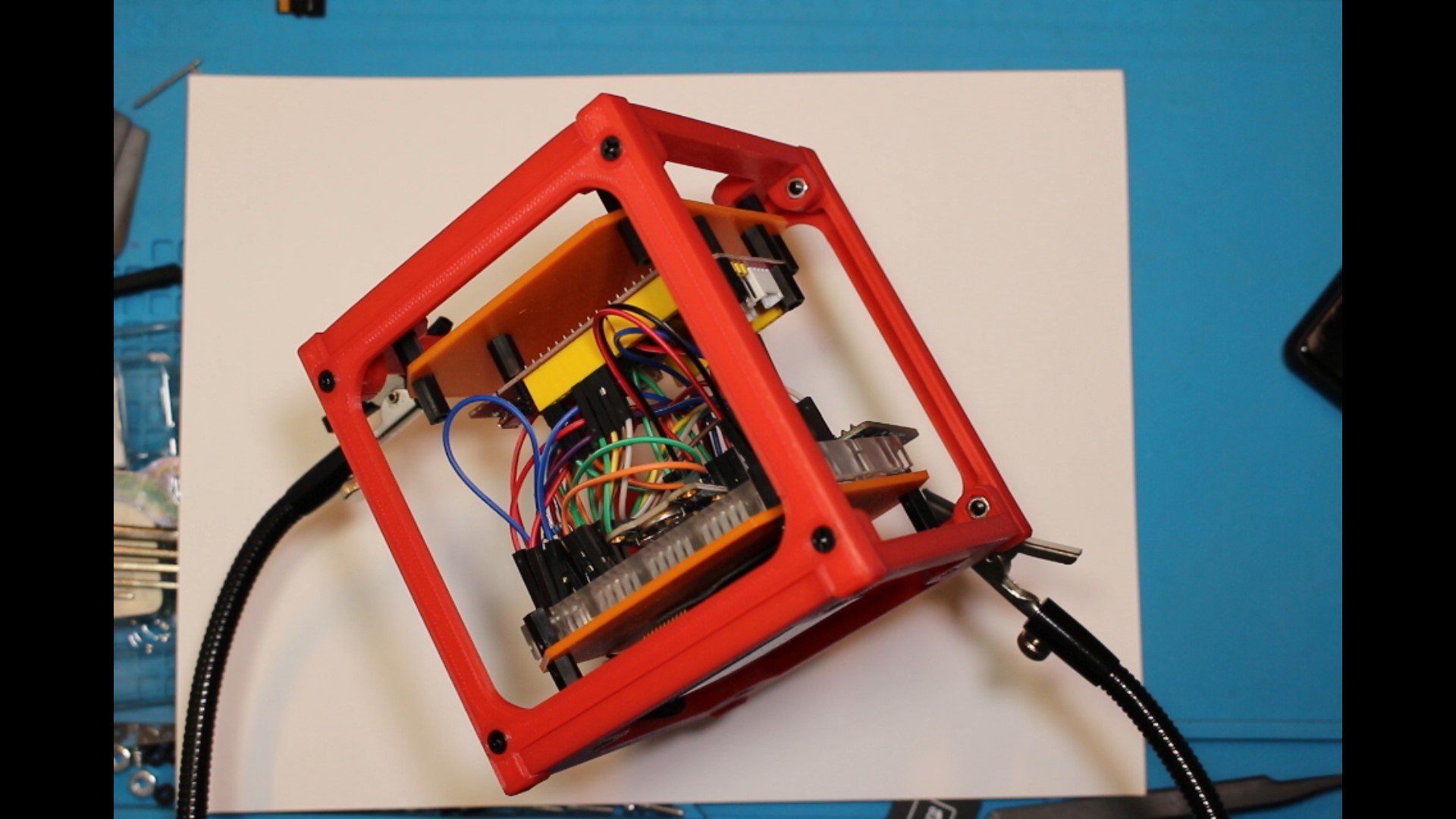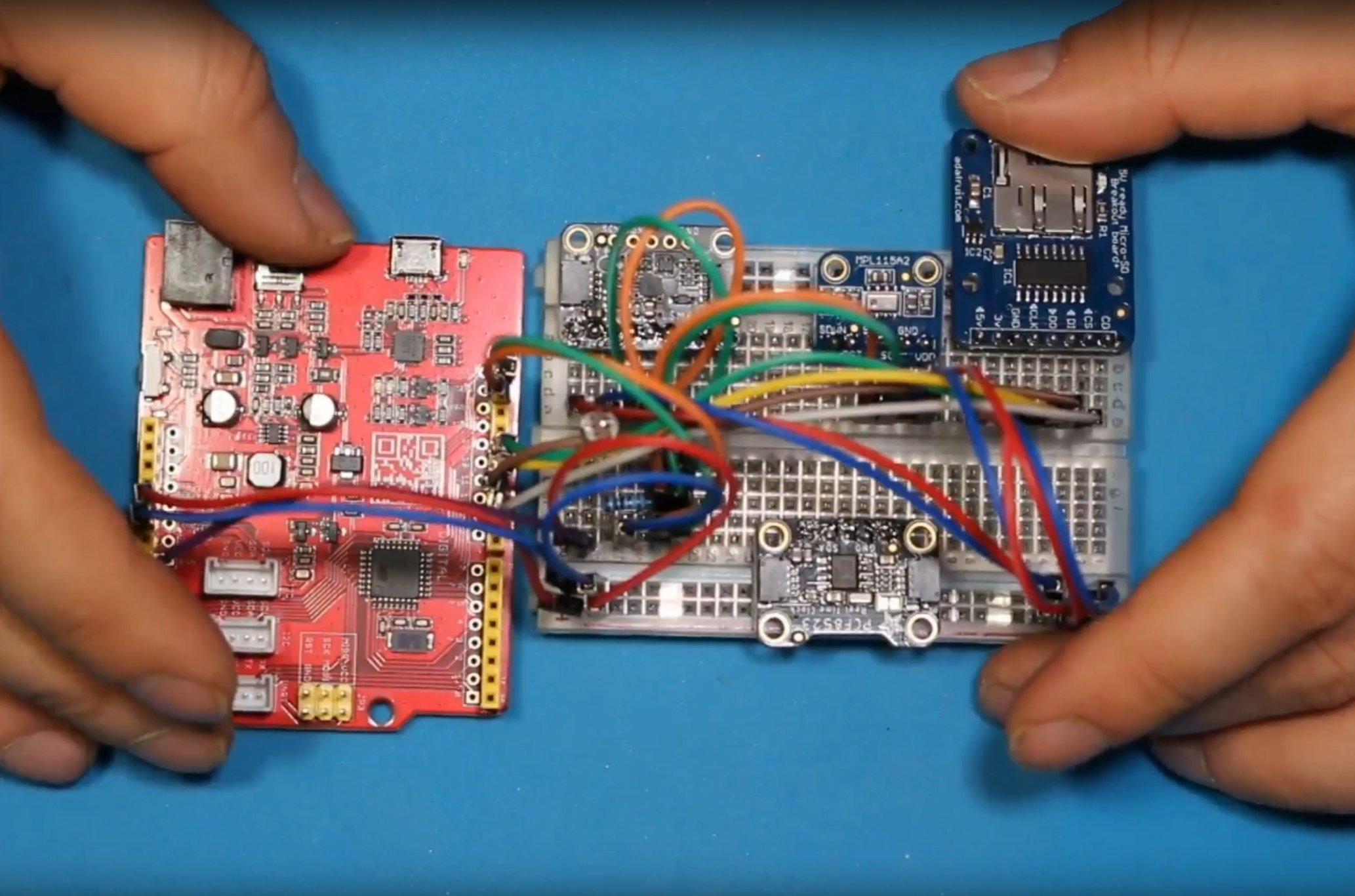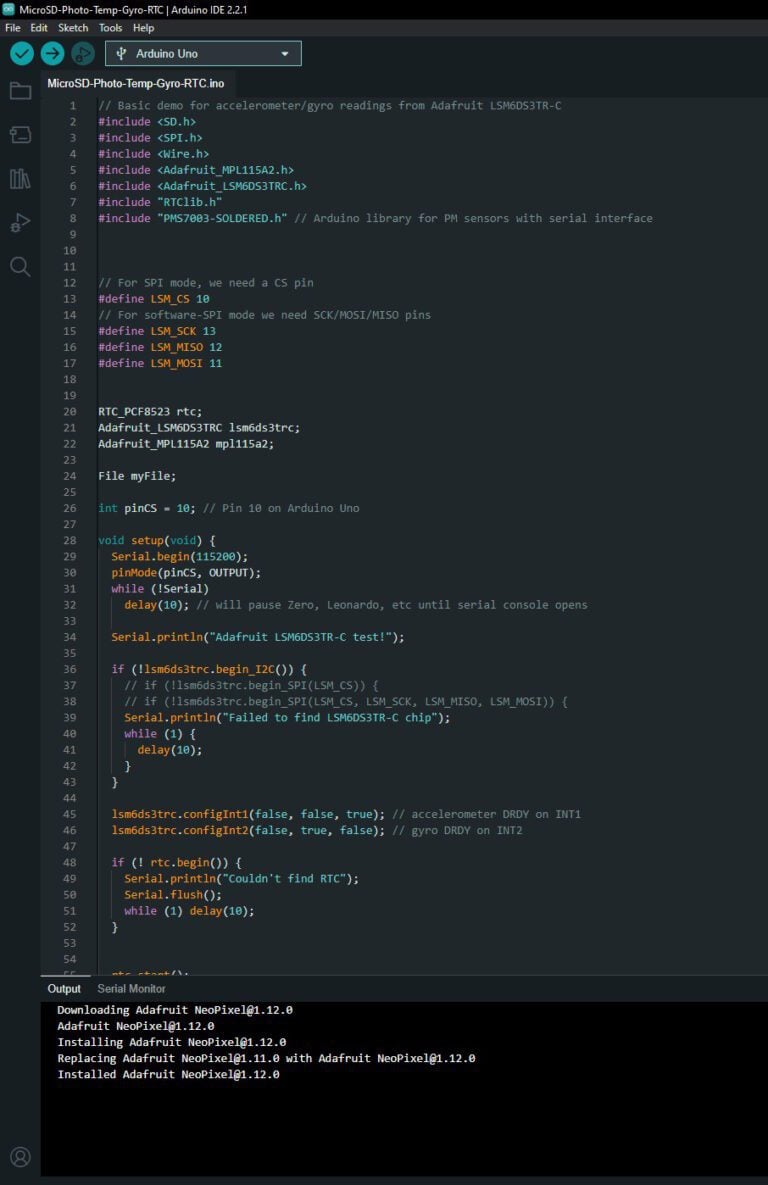Online Course
Introduction to CubeSat Flight Experiments





Participants will be able to…
– assemble an Arduino microcontroller and sensors.
– program an Arduino and collect data from the sensors.
– solder basic components for CubeSat builds and future electronics projects.
– assemble a CubeSat frame containing an Arduino microcontroller and sensors.
– understand & use the Engineering Design Process to develop future CubeSat experiments with students.
The primary purpose of this online course is to provide teachers with an accessible, step-by-step program to introduce them to working with CubeSats in the classroom. With the training and resources from this course, teachers will be able to work with their students to build flight-ready CubeSats and experiments that can be flown on multiple launch platforms.
This course will strengthen the understanding of science, technology, engineering, and math (STEM) studies and careers through guided work in spaceflight experiments and engineering. It introduces affordable, easy-to-use flight experiment equipment and flight opportunities to educators across the US. Through our programs, we enable communities of learners to participate in authentic, hands-on exploration in STEM tied to actual spaceflight missions.
The course is delivered using an online learning platform.
Participants will receive certificates of completion for 12 hours of professional development credit. We can work with participants to ensure that these hours are aligned with their state’s certification requirements.
Course Registration Fee: $400
With enrollment you will receive access to the online course materials and a CubeSat kit which includes all of the parts necessary to assemble a working CubeSat.
In this course we will break down the barriers to soldering with a simple introduction to equipment and the basics of soldering electronics. That module requires tools that are not included in the CubeSat Kit. You will need to either purchase or otherwise have access to soldering and safety equipment. We provide recommendations and direct links to inexpensive, yet high quality, soldering equipment in the course.

